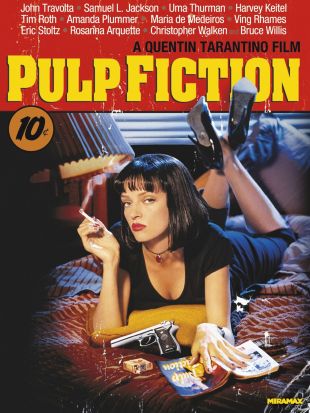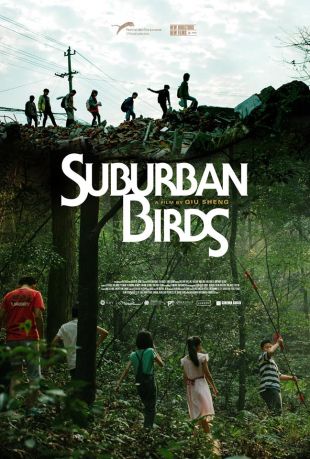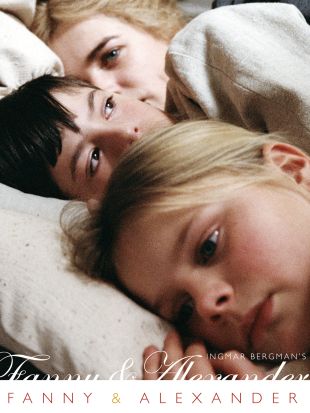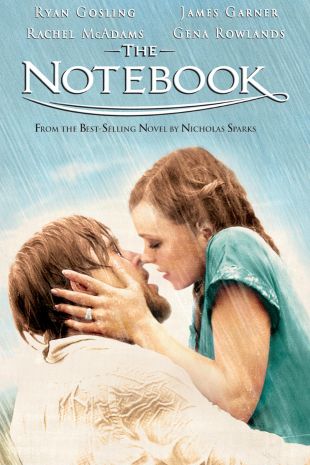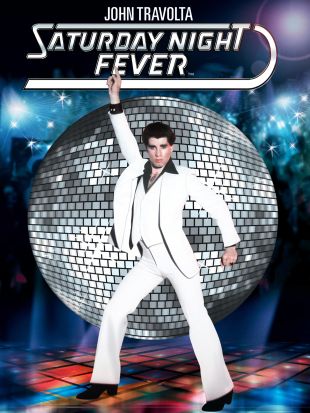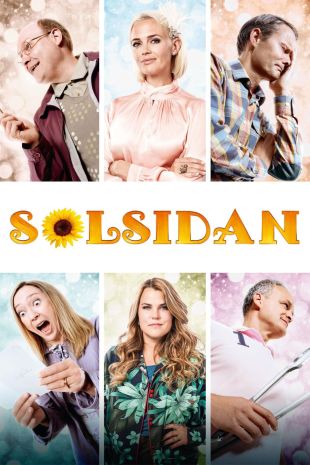
The Loretta Young Show (1953)
Genres - Drama |
Sub-Genres - Anthology Series [TV] |
Run Time - 30 min. |
Countries - United States |
Share on
Synopsis by Hal Erickson
Oscar-winning actress Loretta Young had been a movie star for nearly 25 years when, at age 41 (but looking at least ten years younger), she launched her own weekly, half-hour TV anthology series. Debuting September 20, 1953, the show was originally titled A Letter to Loretta, with each episode opening as the star-hostess swirled through a doorway in a stunning new gown, trading pleasantries with announcer and commercial spokesman John B. Kennedy, and then introducing the story of the week, ostensibly based on a letter sent to Young by one of her fans. This much-parodied opening sequence served a dual purpose, not only allowing the actress to show off her fabulous wardrobe, but also permitting her to demonstrate the full range of her versatility as she played everything from prim housewives to disheveled tramps, from Indian princesses to beleaguered secretaries, from millionairesses to paupers, and from nuns to alcoholics.
As Young herself explained at the time, "After the audience has seen me well-groomed, I can wear horrible clothes, ugly makeup, or even a false nose during the show, without anyone wondering whether I've aged overnight or something." Beginning with the series' 20th episode on February 7, 1954, the title was changed to The Loretta Young Show, though the "letter" format would be maintained until the end of its second season. Story material on the series covered a wide range, from frothy romantic comedies to grim contemporary social dramas, with a few historical playlets spotted along the way. Young starred in all of the episodes seen during the first two seasons, generally cast opposite young, handsome leading men. Although a few of these performers were "name" actors, the majority were talented unknowns, hired mainly for their looks and because they worked cheap. Quite a few of Loretta's leading men would go on to substantial starring careers, notably George Nader, Hugh O'Brian, James Daly, and Craig Stevens. Interestingly, the two actors who made the most appearances on the show were well established before their initial appearances -- John Newland, who also directed several episodes, and Ricardo Montalban, who happened to be Loretta's real-life brother-in-law. Undergoing a serious operation in the summer of 1955, Young was unable to appear as either hostess or star during the first several months of the series' third season. In her stead, a number of prominent guest hosts were seen, including Rosalind Russell, Irene Dunne, Joseph Cotten, and Claudette Colbert. Though there was talk that the ailing Loretta would be permanently replaced by her close friend Anita Louise, Young had recovered sufficiently by the winter of 1955 to resume her TV hosting duties, though henceforth she would star in only about half of the episodes. Earning high ratings and several industry awards throughout its eight-season run, The Loretta Young Show encouraged several other top actresses to launch their own TV anthologies, among them Jane Wyman, June Allyson, and Barbara Stanwyck. From 1953 through 1958, The Loretta Young Show was produced by the star's then-husband Tom Lewis; their acrimonious divorce in 1958 almost brought the show to a close in a maelstrom of suits and countersuits, but the series managed to remain on the NBC Sunday-night schedule until September 10, 1961. It was also rebroadcast by the same network in a Monday-through-Friday early afternoon strip from 1960 through 1964. And in 1962, Young appeared in a short-lived dramedy, The New Loretta Young Show, in which she played a widowed author with seven children. This series would later be folded into the syndicated Loretta Young Show package -- which, as it turns out, was not widely shown until the '80s, due to Young's efforts to prevent its distribution on the grounds that the fashions she wore in the introductions had become outdated.
